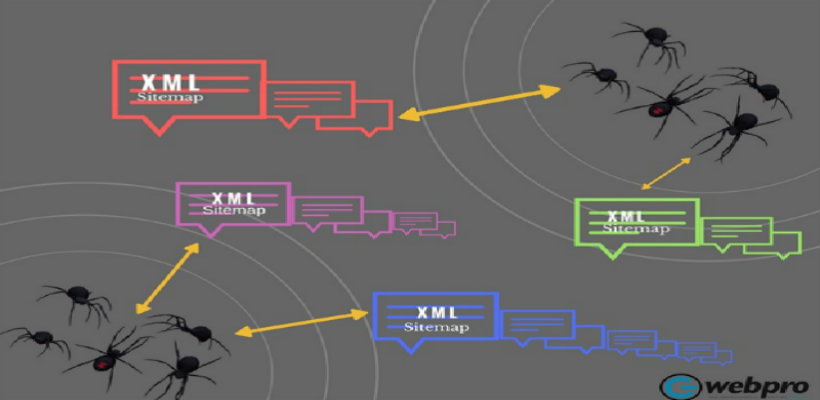When seeking to gain online visibility in the SERPs, SEO, SMO, PPC and various other digital marketing techniques which are the primary areas that get the most attention.
Web crawling isn’t given a lot of thought by most people, but the visibility of a website depends on it being crawled successfully. After all, how can a website get ranked if it hasn’t been crawled and indexed?
As you can see, helping Google crawl your website is a necessity. There are five ways to help this process, which are:
1). Check the robots.txt File
To get a page crawled, you must first check the robots.txt file. It’s purpose is to prevent Google from crawling and indexing specific pages that you don’t want crawled. Ensure that you haven’t mistakenly restricted pages you do want to be crawled and indexed.
While installing the robots.txt file, you need to keep in mind that it can’t always restrict the search engine spiders. If there are a good number of sources and backlinks leading traffic to the page that you have excluded, Google will consider the page as relevant and show it in the SERPs. In such cases, you must block the page manually with noindex robots meta tag or X-Robots-tag HTTP header.
2). Reduce the Number of Redirects
Many redirects can be seen on e-Commerce sites. If an online store has many queries regarding a product which isn’t available anymore, the page gets redirected to a different page that may have related products. This is generally done to get visitors to buy other similar items.
This tactic can affect the crawling. Too many 301 and 302 redirects can create difficulties for Googlebots to reach the destination page. It means that the redirected page might remain unindexed. Therefore, you should try and reduce the number of redirects.
3). Add a Clean Sitemap
XML sitemap helps search engine spiders to find the pages and content on your website. Therefore, keep your sitemap organized and up-to-date. Unnecessary clutter in the sitemap can create obstacles for the Googlebot and affect your site’s user-friendliness.
Premium tools like Xml Sitemap Generator and Screaming Frog are there to create a clean sitemap. However, the problem is that they don’t update the sitemap automatically. You must create and update your sitemap every time you publish anything new on your website.
Thus, plugins like Yoast SEO (for WordPress), XML Sitemap Generator and Splitter (for Magento), PHP XML Sitemap Generator (for PHP) are the best solutions as they update the sitemap automatically according to the new pages of your site.
4). USE Feeds
With the use of RSS Feeds, you can show your content to users who are not even browsing your website. It enables users to subscribe to the sites they often visit and get regular updates whenever there’s something new available.
RSS feeds let Googlebot know about the recent changes made on the website. Most importantly, the websites with RSS feeds get crawled more frequently. However, there’s no guarantee that they would help in the indexing of the URLs.
5). A Well Organised Site Structure
A well-organized website structure can not only make it easier for the users to browse your site, but also helps Google crawlers discover your contents easily, without wasting the crawl budget. A recommended site structure would be the one that allows users visit any area of the website within three clicks.
It’s all about the crawlability. How searchable your site is will depend how well Google and its spiders can crawl your site. Therefore, try and get your website crawled properly before you start marketing. Remember, the worst marketing materials are those that no one sees.






